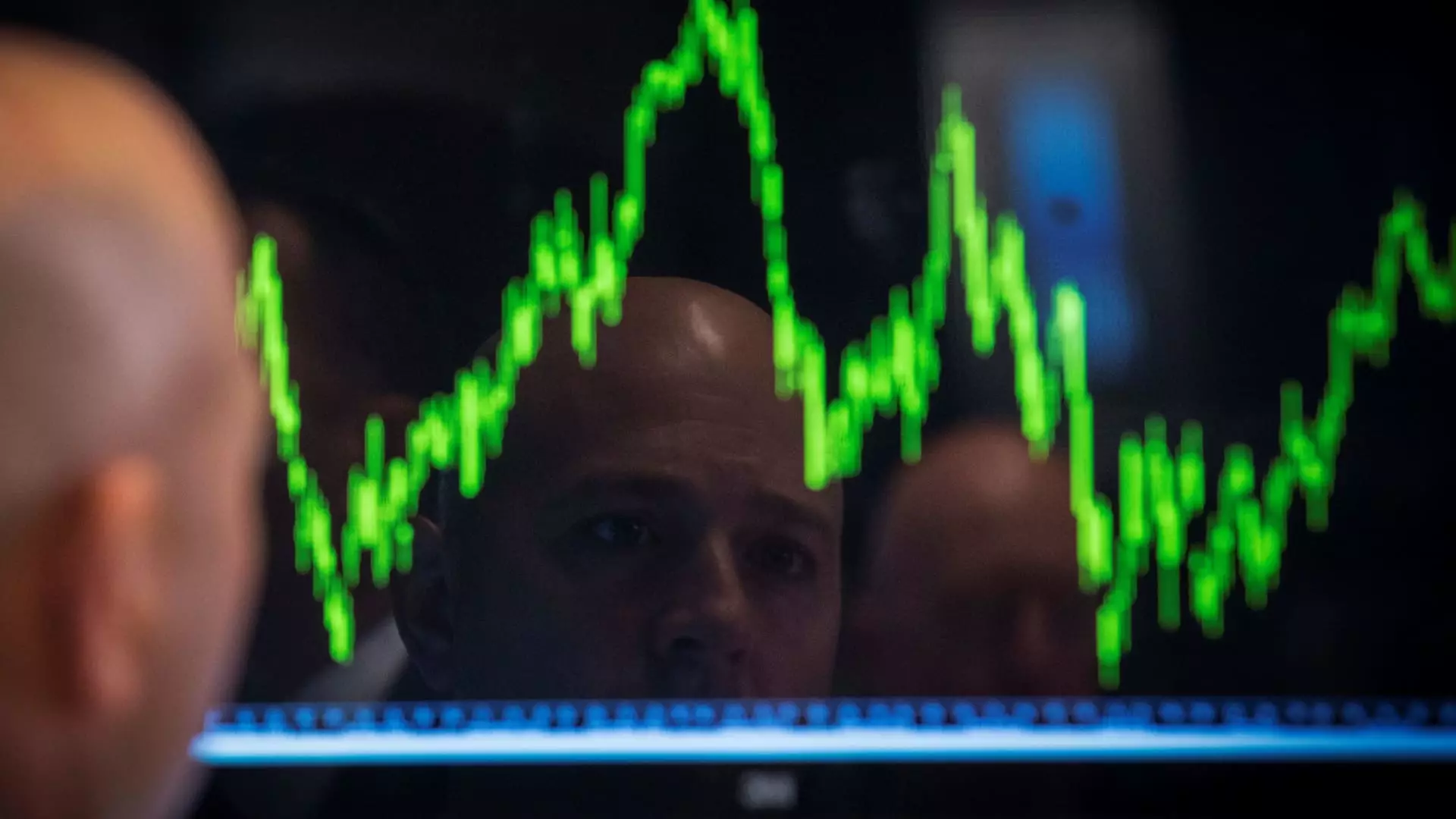In a surprising twist in the financial landscape, the once-arcane world of Wall Street investment strategies is inching its way into the hands of every individual investor. No longer the exclusive domain of high-net-worth clients in private banking, strategies from industry giants like JPMorgan Chase and BlackRock are being tailored for mainstream investors. This transition reflects a broader cultural shift towards democratization and accessibility in investing, a trend that could well define the next decade of economic interaction.
As the backdrop of this transformation, we find ourselves in a tumultuous market landscape, with U.S. stocks facing corrections and economic uncertainty looming on the horizon. In this climate, the appetite for innovative investment approaches is surging, and the investment titans are eager to satiate this hunger. Companies like BNY Mellon, alongside BlackRock, recognize the growing demand for alternative investment avenues, particularly within the booming Exchange-Traded Funds (ETFs) sector.
Innovative Solutions in the Face of Volatility
The investment strategies now on offer extend beyond traditional equity approaches. BlackRock’s embrace of private credit as a meaningful component of portfolio strategy marks a notable pivot. These previously opaque investment avenues are now inching toward acceptability in mainstream portfolios—allowing average investors to venture where only private banks once thrived. This shift indicates not only an influx of accessible investment opportunities but also an attempt to stabilize returns in precarious market conditions.
Jay Jacobs, BlackRock’s head of U.S. Thematic and Active ETFs, commented on the success of interval funds—highlighting that these funds effectively bridge the gap between liquidity and access to private investments. This innovation paves the way for investors who have long yearned for exposure to areas that were once deemed exclusive. Yet, let’s not fall for the allure of instant wealth; these strategies demand an astute understanding of their inherent complexities.
ETFs: A New Age of Investment that Hides Old-world Challenges
The recent approval of the first private credit ETF by the SEC testifies to the evolving regulatory landscape. However, this innovation comes with its own set of challenges, particularly regarding liquidity. The paradox of ETFs is that while they offer increased accessibility compared to their precursors—like interval funds—the liquidity typically remains a concern. The majority of these products invest in illiquid assets, which can complicate things at a time when market fluctuations create an urgent need for immediate access to cash.
It’s imperative for investors to remain cautious. The allure of ETFs may cloud the realities that underlie these financial products. Ben Johnson from Morningstar emphasizes that while these strategies have been employed for decades on Wall Street, using ETFs to execute them should not be seen as a panacea. The implications of wrapping inherent complexities in a seemingly simple package can often leave investors feeling stranded when they need to adapt to market conditions.
Seeking Income Amidst Market Chaos
In times of recession and market tumult, the quest for reliable income streams takes center stage. This is where active ETFs designed to mitigate losses yet capitalize on premium options gain traction. By selling call options, ETFs such as the JPMorgan Equity Premium Income ETF (JEPI) are crafting a safety net for cautious investors. In a financial ecosystem underscored by fear, these instruments offer a semblance of sustenance, allowing investors to remain engaged with the equity markets while necessitating a lesser degree of risk exposure.
As investment strategies adapt to burgeoning demands, it is vital for investors to immerse themselves in the details. Many individuals seeking wealth through these routes overlook the risks involved. Such strategies may appear evergreen on the surface, but lurking beneath is the consensus that they require a balanced approach to avoid being swept away by market currents.
Education: The Key to Engaging with Changing Markets
As Wall Street’s sophisticated tactics become more accessible, the average investor must prioritize education. Understanding the nuances of private credit, active ETFs, and the mechanics of call option strategies is crucial. Relying on a finance-savvy friend or a family member won’t suffice; self-education becomes imperative in navigating these complex tools.
As the traditional boundaries of investing continue to blur, the responsibility lies with the investor to familiarise themselves with the evolving landscape. While new products emerge that promise improved returns amidst adversity, it is critical to weigh them against long-term financial goals. After all, it’s easy to be dazzled by the glimmer of novel opportunities. In the end, prudent investing has always hinged on knowledge—and that hasn’t changed with ETFs.

